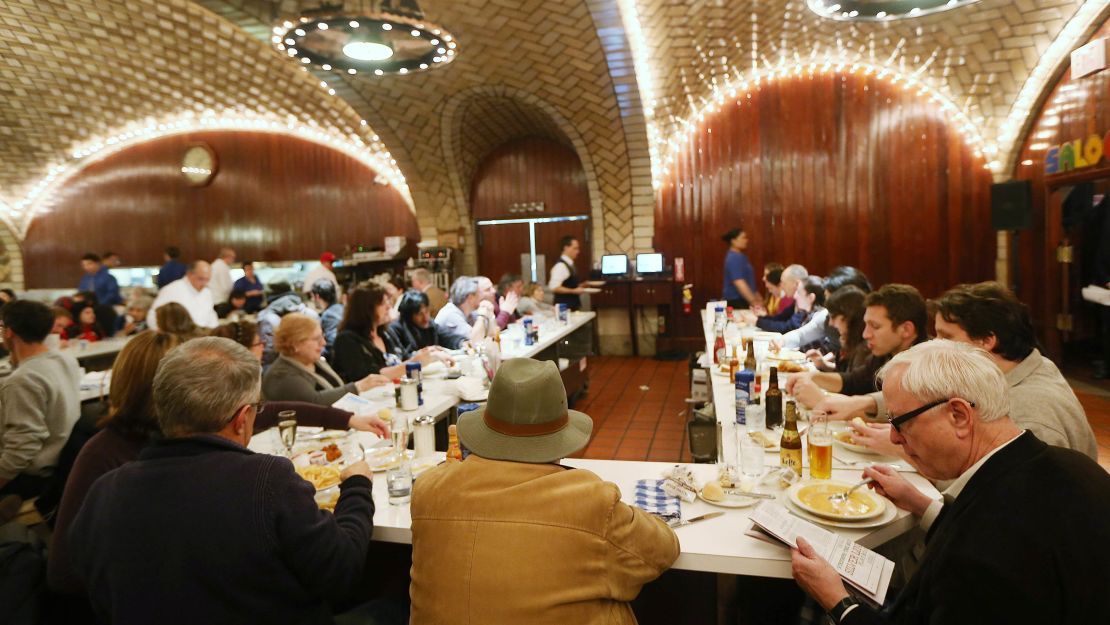A surprise discovery in your food is rarely good news, but for one man in New York it turned out to be a real stroke of luck.
Retired hospitality executive Rick Antosh was eating at the Grand Central Oyster Bar in Grand Central Station, New York City, in early December when he felt something unexpected in his mouth.
“I just all of a sudden felt something like a tooth or a filling and it’s terrifying,” Antosh told CNN affiliate PIX11 News. “And then holy crap, I realized it’s not a tooth, it’s a pearl.”

Antosh had been eating an oyster pan roast at lunch with a high-school friend when he made the unlikely find, and the 66-year-old later called the Oyster Bar to find out more about the pearl.
“I got the floor manager and asked how often does this happen,” Antosh told PIX11. “And he said I’ve never heard of that happening yet.”
Oyster experts concur that, with his find, Antosh joined an exclusive club.
“Finding a pearl in an edible oyster is very rare,” Matthew Gray, Assistant Professor at the University of Maryland Center for Environmental Science, told CNN via email. “Anecdotally, it’s estimated to be something like 1/10,000, but I think this is being generous.”
Gray said that Antosh was especially lucky having found a pearl in an oyster roast, as it’s more common to spot the gemstones when eating oysters on the half shell.
Despite the long odds, Antosh says that he will return to the Oyster Bar to try his luck at finding more pearls.
“Yeah, I’m on a roll,” he told PIX11.
Oysters are bivalve mollusks that have been grown as food for more than 2,000 years. In rare cases, pearls form naturally inside the shells of certain species of oyster.
Pearls form when debris, pests or other material gets in between two layers of the oyster, said Gray. “The oyster seals this irritant off by wrapping the foreign object in shell material,” he said.
While Antosh hasn’t had the pearl valued, experts estimate that it could be worth $2,000-$4,000, according to PIX11.
Edible oyster pearls are less valuable than other kinds of pearls because they don’t sparkle in the same way, said Gray.
In late November, a pearl and diamond pendant that belonged to Marie Antoinette, the last queen of France before the French Revolution, fetched more than $36 million at auction in Geneva, Switzerland.
The item smashed pre-sale estimates that valued it between $1 million and $2 million, and auction house Sotheby’s tweeted that the price, which includes the buyer’s premium, set a new auction record for a pearl.
And in May, the world’s largest known freshwater pearl, known as “The Sleeping Lion,” sold for €320,000 ($374,000) at the Venduehuis auction house in the Netherlands.
Measuring more than 2.7 inches long and weighing over 4 ounces, the pearl is of Chinese origin and is believed to have formed in the 1700s during the Qing dynasty.



